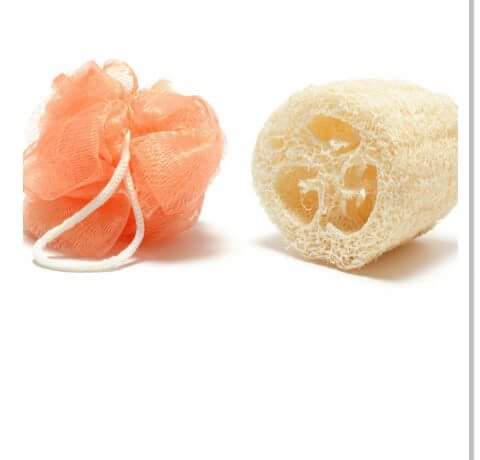Do you know what's growing on your sponge?

#Do-You-Know-What’s-Growing-on-Your-SPONGE?... #5 tips to go sponge care
By their nature, loofah sponges have lots of nooks and crannies, and they’re very porous. When people use a loofah to scrub off dead skin cells, those cells become lodged in the nooks and crannies. And that sets the stage for a bacterial breeding ground, says dermatologist Melissa Piliang, MD.
Bacteria at home in wet environment
“Loofahs are interesting,” she says. “They’re used in a wet environment. You hang them up in the shower, which is also a wet environment, and they kind of stay there. They don’t ever totally dry out, so that’s a beautiful breeding ground for bacteria.”
Loofahs can contain fungal organisms that lead to skin infections, Dr. Piliang says. “That’s why it’s important to make sure you keep your loofahs clean, replace them fairly regularly and use them gently — not too vigorously.”
#5-tips-to-good-Loofah-sponge-care
So how should you properly care for your loofah? Dr. Piliang offers a few tips:
1 Dry it daily. Rinse your loofah very well after use. Shake it out thoroughly and hang it “in a cool place — probably not in the shower — where it has the best chance of drying out,” she says.
2 Avoid using it for a few days after you shave. Bacteria can enter your skin through any sort of nick or cut, so you shouldn’t use your loofah for a couple of days after shaving your legs, Dr. Piliang says. There’s no reason to use a loofah more than about twice a week, anyway, she says.
3 Never use it on your face or in your genital area. Those parts of the body are sensitive to infection. “You wouldn’t want to scrub them, anyway,” she says.
4 Clean it weekly. “No matter which loofah you are using, you should clean it at least once a week,” she says. To do so, soak it in a diluted bleach solution for 5 minutes and then rinse thoroughly.
5 Replace it regularly. “If you have a natural loofah, you should replace it every three to four weeks,” she says. “If you have one of the plastic ones, those can last for two months.” Usually, but not always: “If you notice any mold growing on your loofah, you should throw it away and get a new one,” she says. “Or if it develops a mildewy or musty odor — those are signs you should get rid of your loofah.”
You may also want to consider washcloths as a good alternative to loofahs. They don’t present the same degree of problems. Their physical structure makes them less susceptible to anything lodging in them — and also makes them easier to clean and dry, Dr. Piliang says. Plus, people tend to wash them in the laundry and replace them more often.